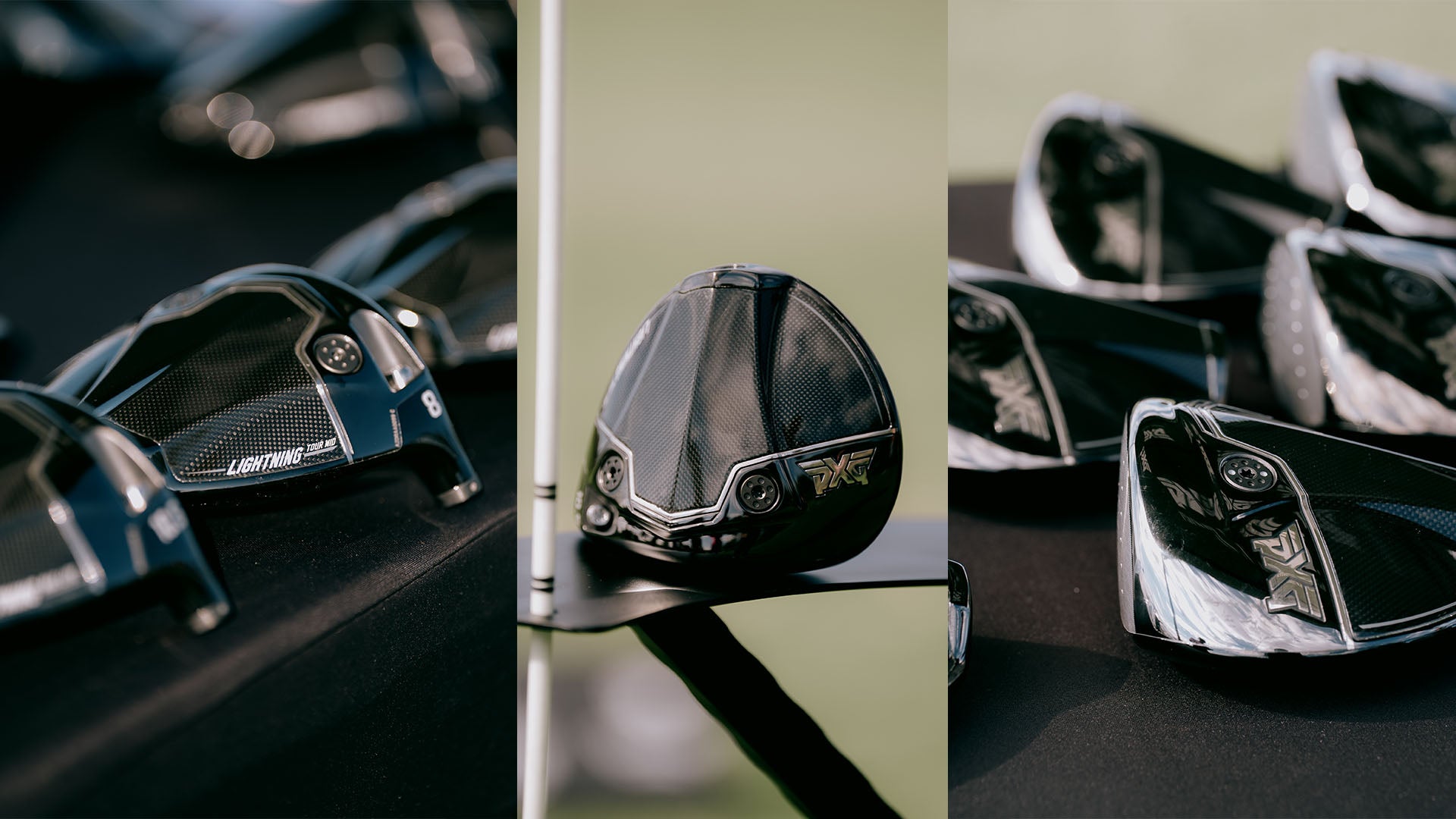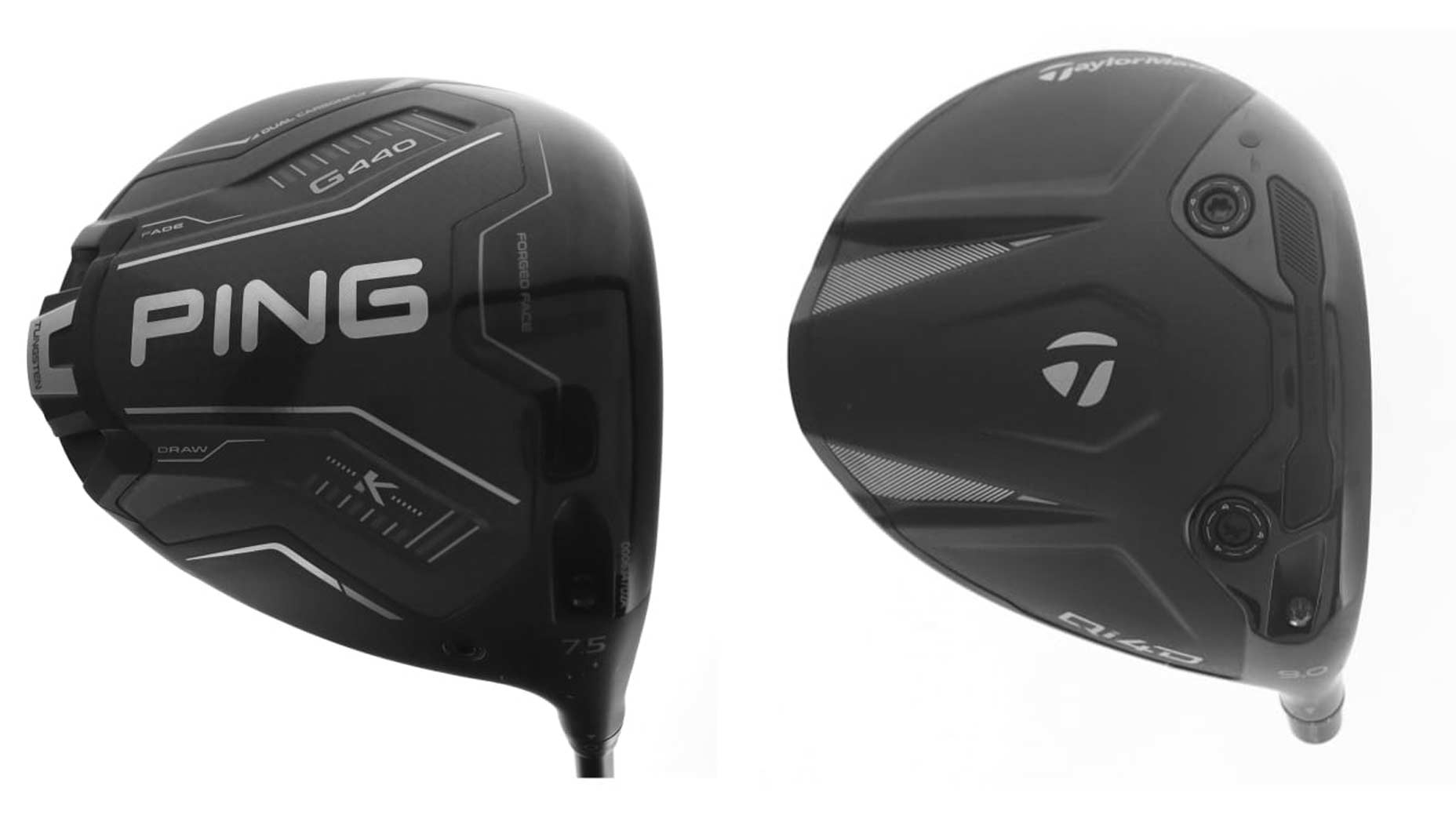Royal Troon’s demanding layout forced a field full of golf’s elite bombers to step off the gas pedal and seek an alternate route off the tee at the Open Championship. In most cases, the prudent play was to swallow your pride and reach for a fairway wood or long iron. But not everyone played it safe.
For four days, Thriston Lawrence threw caution to the wind and went full send on nearly every hole, regardless of the situation. What made the aggressive gameplan even more impressive was how often Lawrence found the fairway, even as the weather conditions deteriorated.
Look at the stats from last week and you’ll notice the South African led the field in SG: Off-the-tee (plus-6.30) while ranking a modest 99th in driving distance (299 yards). Those two numbers alone highlight Lawrence’s incredible efficiency with the big stick. Putting yourself in a position to score was absolutely essential to succeed at the Open.
Raw distance remains the best route to gain an edge over your peers, provided you know where the ball is going. In some cases, sacrificing distance for accuracy can unlock a level of consistency that otherwise seemed unattainable. Which brings us back to Lawrence’s impressive performance off the tee.
The Ping G430 Max driver he wielded is already considered one of the most forgiving and consistent drivers in the marketplace. But did you know it’s fast as well? During our last round of robotic testing with Golf Laboratories, G430 Max was a mere 0.3 mph behind the fastest driver in our 95 mph robot test — a difference that’s within the noise. It should also be noted the driver had an impressive single-digit carry distance loss of 8.3 yards across all 9 points tested.
Having a driver that’s forgiving and fast can give you a leg up on the competition. Of course, there’s another aspect of Lawrence’s driver build that’s worth analyzing: the shaft length.

PING G430 Max Custom Driver
It’s difficult to give an exact number, but the average driver shaft length on Tour is roughly 44.75 inches, give or take a half-inch in either direction depending on preference. Take a look at Lawrence’s club specs and you’ll notice his Ping driver checks in at 43.75 inches, somewhere between a Mini Driver and 3-wood.
We’ve done stories on what happens when you put a 3-wood shaft in a driver head in the past if you want a deeper dive. If you prefer the condensed version, just know that going shorter in length can lead to a decrease in ball speed. But don’t let that deter you from considering the idea of going shorter to cure an erratic driver.
There’s also a strong possibility you could get longer off the tee by going shorter. Yes, longer. Back in 2019, Tony Finau conducted head-to-head testing with a shorter Ping driver (44.75 inches) against his usual build (45.25 inches) that saw his ball speed increase 2-3 mph due to more center face contact.
In nearly every case, a more consistent driver that gets you closer to reaching the magical 1.5 “smash factor” is going to be the best option for your game. Maybe a driver with a longer shaft gets you there, but it’s more likely you’ll see efficiency go up in a meaningful way by going shorter, especially for mid-to-high handicappers with a misbehaving driver.
And if you do go to something shorter than 44 inches, make sure to take swingweight, feel and flight into the equation before making the final call. There’s no guarantee you’ll turn into Thriston Lawrence off the tee overnight, but there’s a very good chance you’ll see a meaningful improvement in center-face contact.
Want to overhaul your bag for 2024? Find a fitting location near you at True Spec Golf.










